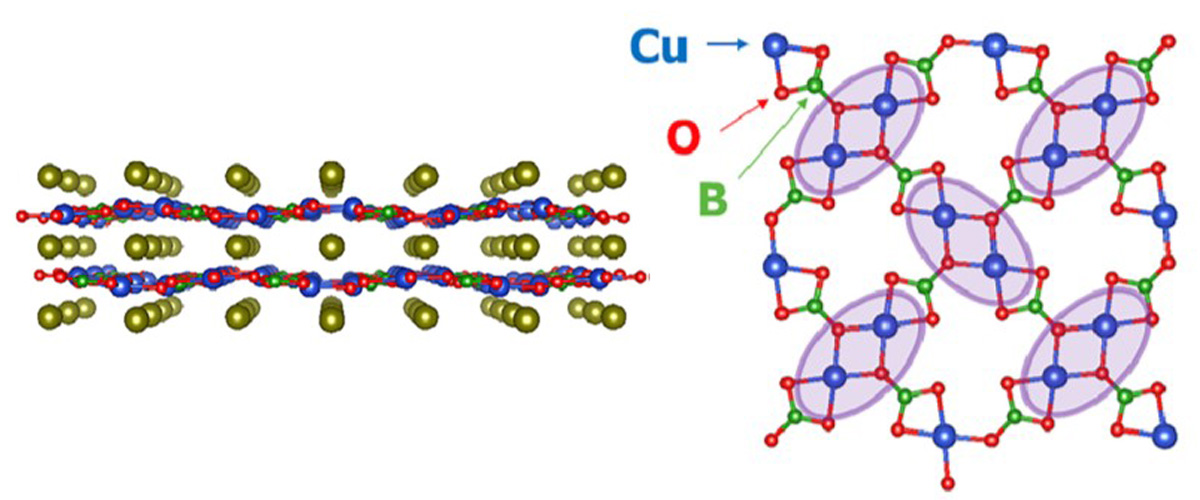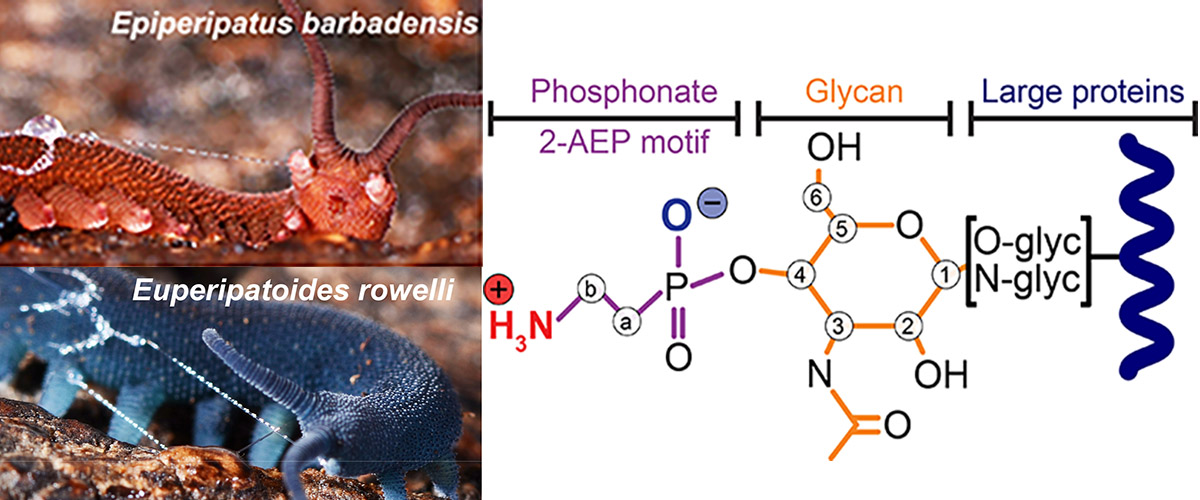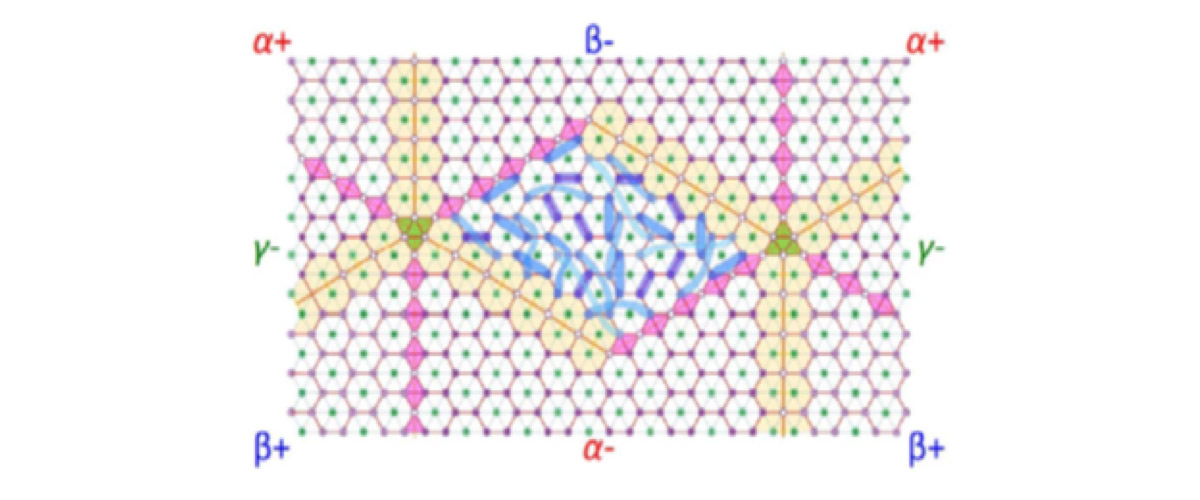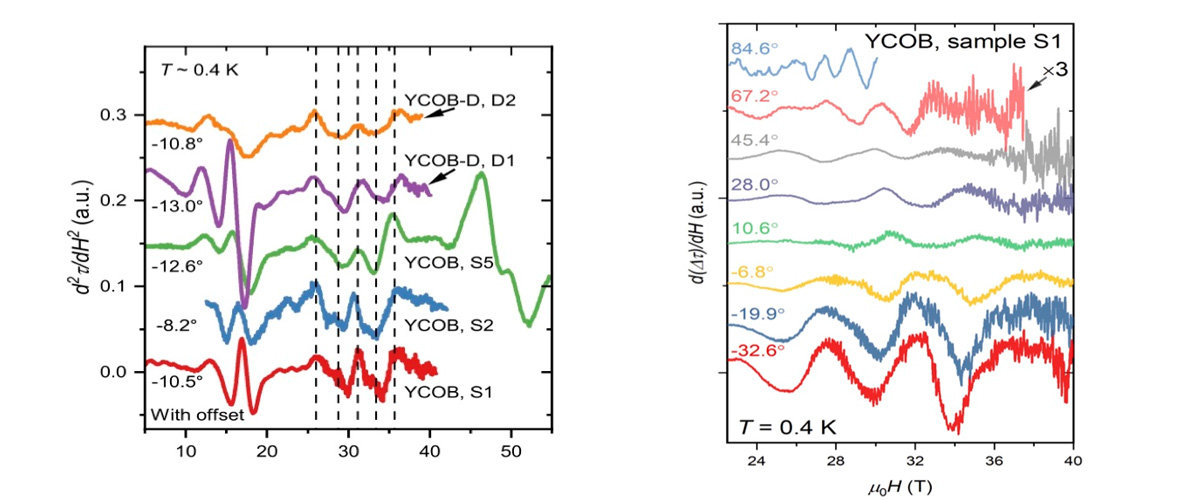What did scientists discover?
Phonons (vibrations in a crystal lattice) are a workhorse of the quantum realm moving energy through materials and correlating behavior between electrons, creating coherent quantum states like superconductivity, spin density waves, quantum magnetism, etc… By illuminating a material with light and measuring the frequency of the light that is inelastically scattered (frequency shifted) the phonons can be studied via a process known as Raman spectroscopy. Scientists then use this information to illuminate the behavior of matter at the atomic level by understanding how the phonons move around in the crystal.
Here, magnetic-Raman scattering experiments up to 45T on a famous spin-dimer compound show the first dynamic measurements and provide a direct correlation between the magnetic interactions and the atomic structure, identifying the specific phononic vibrations that govern the magnetic interactions and, hence, various magnetic phases. The magneto-Raman scattering experiments and first principles calculations show four phonon modes that exhibit strong magnetic field response that mimics the static magnetic properties observed in magnetic fields up to 45T in magnetization and magnetostriction. The observed Raman mode anomalies provide a direct correlation between the magnetic interaction and the Cu-O-Cu angle and identify which particular phonons facilitate this interaction between the Cu ions.
Why is this important?
Understanding the nature and origin of magnetic interactions at the microscopic level is extremely important to realize controllable properties in materials for future applications. Magnetic interactions in novel quantum materials involve correlations between electron spins and the crystal lattice. Raman investigations that can reveal the nature of cooperation between the spins and lattice - known as magnetoelastic coupling - are crucial. A thorough understanding of the quantum phenomena that can be stabilized using external agents such as temperature, pressure, electric field and magnetic field will facilitate the development of new technologies and applications in the future.
Who did the research?
K. Thirunavukkuarasu1, G. Radtke2, Z. Lu3, M. Lazzeri2, P. C. M. Christianen4, M. V. Ballottin4, H. A. Dabkowska5, B. D. Gaulin5, D. Smirnov3, M. Jaime6 and A. Saúl7
1Florida A&M University; 2Sorbonne University; 3National MagLab; 4High Field Magnet Laboratory; 5McMaster University; 6MagLab, Los Alamos National Laboratory; 7Aix-Marseille University
Why did they need the MagLab?
A typical hurdle in investigating quantum phenomena in any material is accessing the energy scale with the right experimental probe. The energy scale needed to reveal the interaction between the spins and lattice is located at magnetic fields from 15T to 45T. While some superconducting magnets offer fields higher than 15T, there is no other laboratory that can offer Raman spectroscopy at continuous magnetic fields up to 45T. Indeed, the MagLab is the laboratory where researchers can perform time-consuming Raman spectroscopy at magnetic fields higher than 30T.
Details for scientists
- View or download the expert-level Science Highlight, Magnetoelastic interactions in the spin-dimer compound SrCu2(BO3)2
- Read the full-length publication, Magnetoelastic interactions in SrCu2(BO3)2 studied by Raman scattering experiments and first principles calculations, in Physical Review B
Funding
This research was funded by the following grants: G.S. Boebinger (NSF DMR-2128556); D. Smirnov (DE-FG02-07ER46451); B.D. Gaulin (NSERC Canada); P.C.M. Christianen (HFML-RU/NWO-I)
For more information, contact Tim Murphy.






